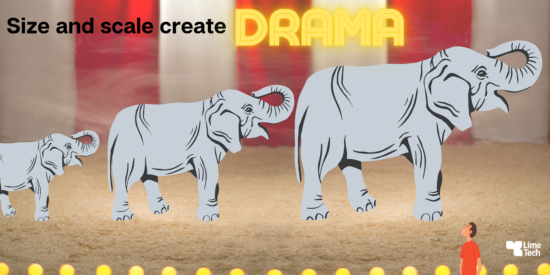Bethany’s presentation began by outlining the many ways mobile technology elevates business objectives over the health of users by promoting unhealthy or addictive patterns of behavior. She described how many product leaders aspire toward ever-increasing engagement metrics, often at the expense of users’ time, attention, and mental health.
They do this by implementing product features that promote frequent, impulsive, even instinctive behaviors by users. Some of these product features include the infinite scroll, autoplay, frequent notifications, pop-ups, and the more insidious patterns like manufactured scarcity and confirmation shaming.
In response to these features and patterns, Bethany proposes that designers and product leaders craft a different narrative around the meaning of success for products.
On the attention side, she suggests posing questions to the product team like A) Is interrupting your users workflow to notify them best? and B) How can you give back control to your end users? And she advises adding tools to your platform that promote well-being – in other words, giving users the ability to manage their product experience on a more granular level.
On the mental health side, she recommends questions like A) Is your product stimulating, elevating, or triggering symptoms of depression? and B) How might someone with a mental illness use your product to hurt themselves?
Finally, in the area of exclusion, she poses the following: A) Is your product accessible to all user groups, regardless of disabilities, race, culture, education level, and language? and B) Could your product be used to exclude certain groups?
Overall, Bethany proposes the implementation of the following principles:
- Build in health boundaries
- Anticipate unhealthy behaviors
- Change how we measure success
Bethany also proposes embracing a goals/signals/metrics framework for evaluating the success of user behaviors. With this framework in place, she suggests that businesses can broaden their definition of success, moving the focus away from short-term gains to a different understanding of what makes a healthy, thriving product.






